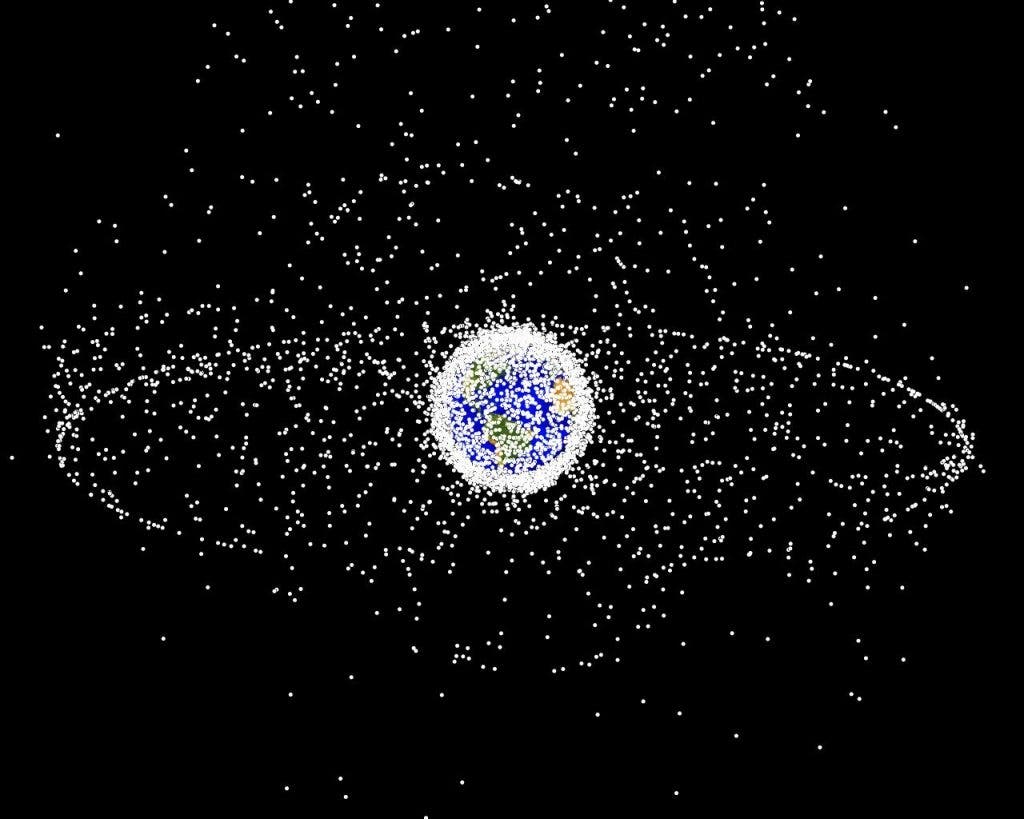Astronauts onboard the ISS may soon get a new “toy” – a space laser cannon to blast off space debris that might threaten the space station. Even a tiny scratch or dent could cause massive problems, and with us putting more and more stuff in space, the risk of damage constantly increases too.
“Our proposal is radically different from the more conventional approach that is ground based, and we believe it is a more manageable approach that will be accurate, fast, and cheap. We may finally have a way to stop the headache of rapidly growing space debris that endangers space activities. We believe that this dedicated system could remove most of the centimeter-sized debris within five years of operation,” said project Toshikazu Ebisuzaki.
We’re dealing with air pollution, water pollution, ground pollution… but a lesser known issue is space pollution. Even though we’ve only started exploring outer space for decades, we’ve put out a staggering amount of stuff in orbit. As of 2009 about 19,000 pieces of debris larger than 5 cm (2 in) are tracked, with 300,000 pieces larger than 1 cm estimated to exist. Most junk sources are shuttle components, lost equipment, boosters or anti-satellite weapons put up by the US and Soviet Union during the 1960s and 1970s. Although most of these pieces orbit at a different distance from Earth than the ISS, many of them still have the potential to pose threats.
Up until now, the ISS had no other option than to try to change its trajectory to avoid space junk, but now, Japanese researchers believe they have found the solution to that problem. They developed a laser system that can vaporize bits of debris way before they can harm the ISS. The entire system was actually created to monitor the atmosphere for ultraviolet emissions from cosmic rays, but it could double as a precision space junk tracking system. In other words, you have the tracking system, and all you need is a space laser – an instrument that focuses intense beams of energy onto very specific targets, vaporizing them, or if the junk is hard metal, changing their trajectory so they aren’t dangerous anymore.
“We realized,” says Toshikazu Ebisuzaki, who led the effort, “that we could put it to another use. During twilight, thanks to EUSO’s wide field of view and powerful optics, we could adapt it to the new mission of detecting high-velocity debris in orbit near the ISS.”
The laser could zap targets from 60 miles away (100 km), and it could be installed as soon as 2017. Meanwhile the European Space Agency is testing fishing-style nets to catch larger pieces of space junk which can’t be handled otherwise.
“We may finally have a way to stop the headache of rapidly growing space debris that endangers space activities. We believe that this dedicated system could remove most of the centimeter-sized debris within five years of operation,” says Ebisuzaki.










